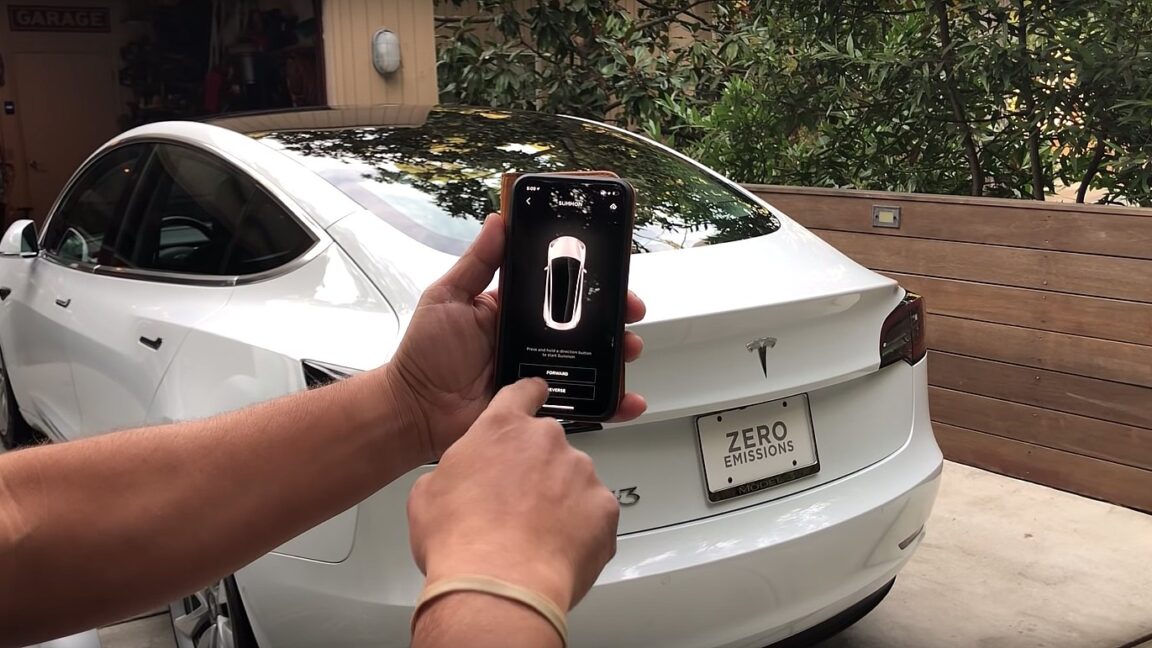- cross-posted to:
- [email protected]
- cross-posted to:
- [email protected]
Tesla is the target of yet another federal safety probe, the fourth currently open by the National Highway Traffic Safety Administration’s Office of Defects Investigation. Today’s trouble concerns the automaker’s “Smart Summon” and “Actually Smart Summon” features, which allow Tesla drivers to remotely control their vehicles via a smartphone app.
At least in theory, that is. In practice, NHTSA says it’s aware of multiple crash allegations “where the user had too little reaction time to avoid a crash, either with the available line of sight or releasing the phone app button, which stops the vehicle’s movement.”
Worse yet, Tesla has failed to report any of these incidents to the safety regulator, which has a standing general order that requires any automaker or operator of autonomous or partially automated vehicles to report crashes involving such systems that occur on publicly accessible roads.



I will give props to Tesla for bringing the first EVs to market.
However, just cause you build a car from scratch and want it to be futuristic, shouldn’t mean that you get to disregard safety design.
They weren’t, though. They just made them popular at an opportune time. EVs have been around since the early to mid 90s, with the GM EV1 being the first to build over 1000 cars (most were apparently leased, so it would be weird to say “sold”).
So all they did was achieve a successful marketing campaign, which propelled them into their current market position where they can flaunt safety laws.